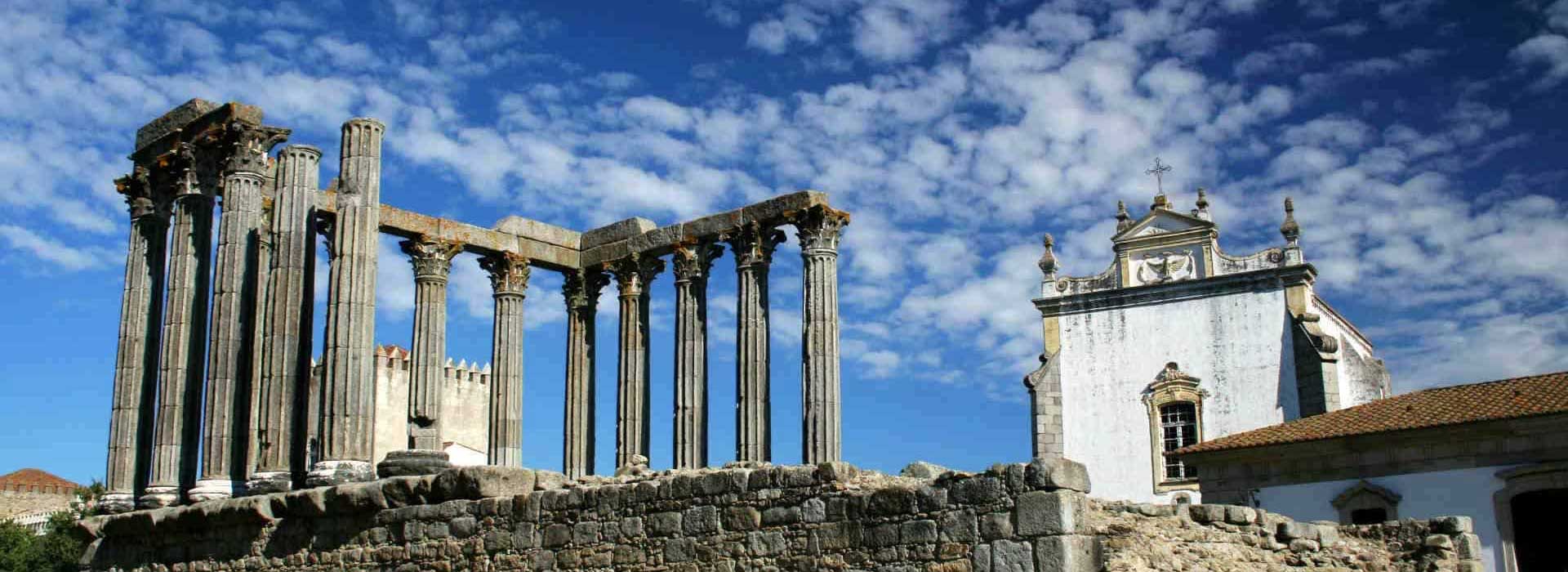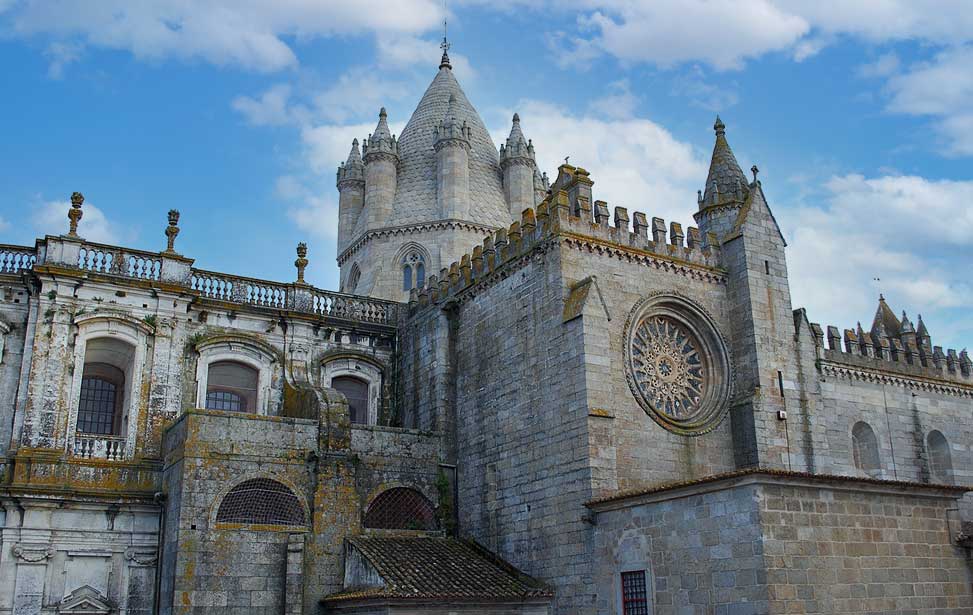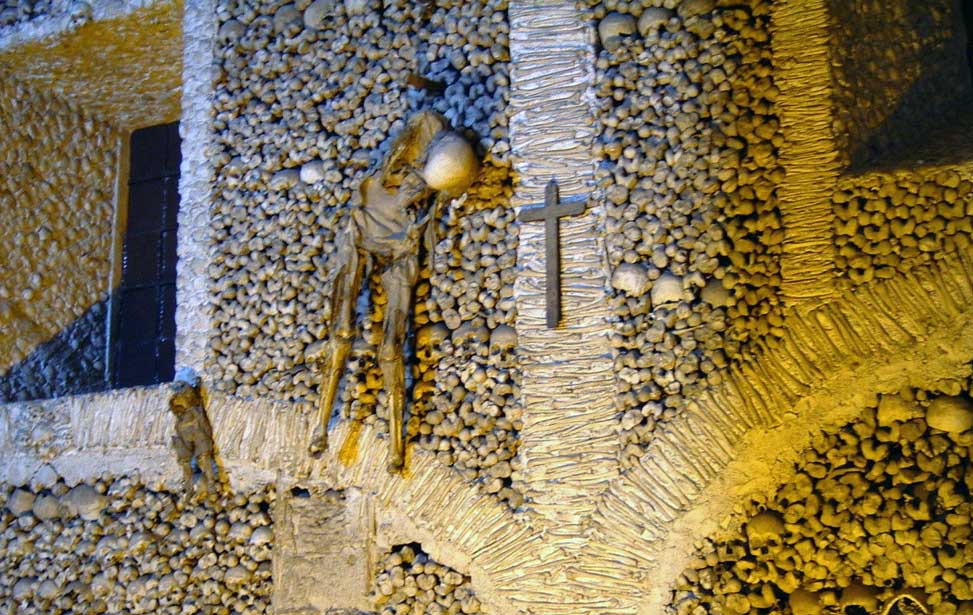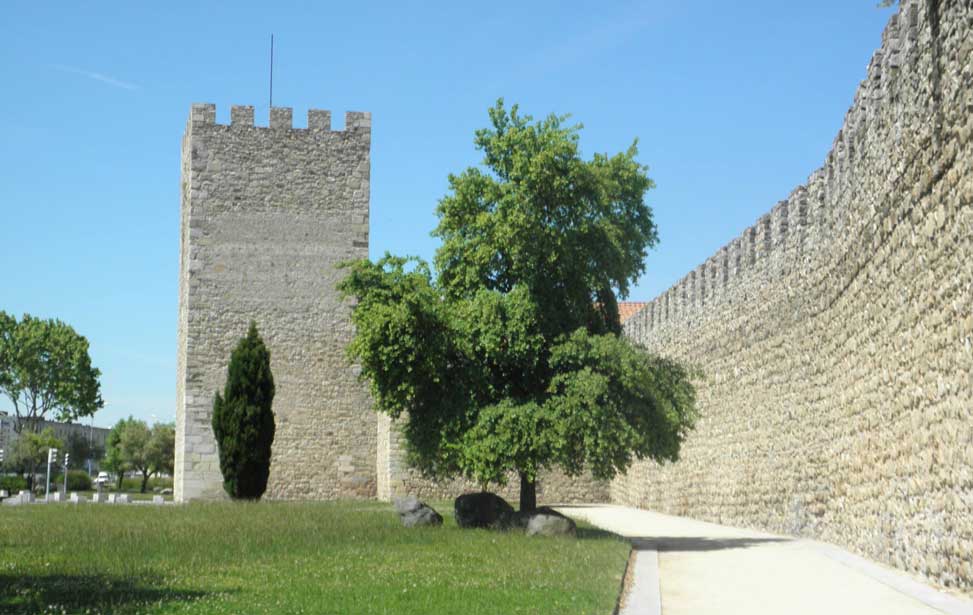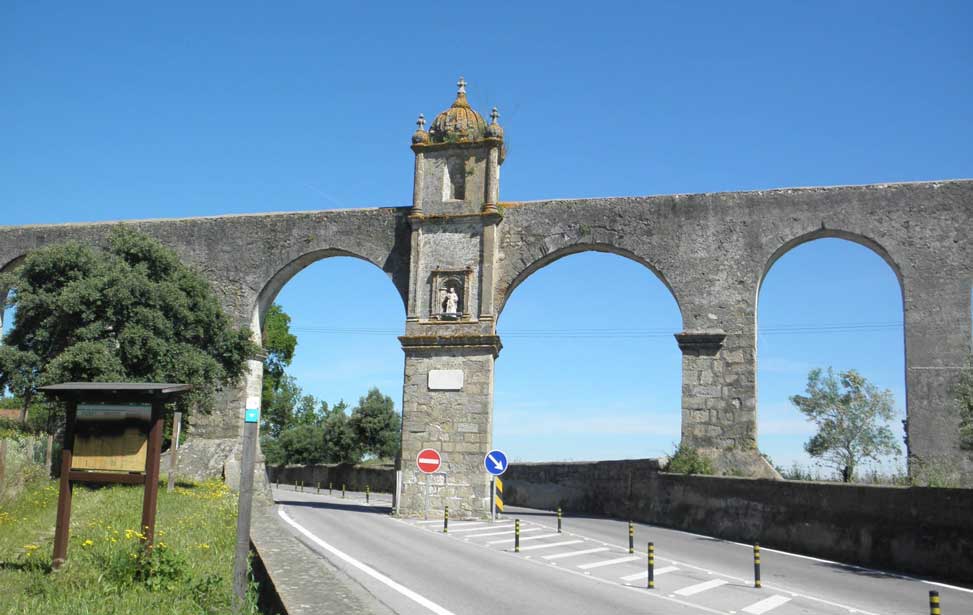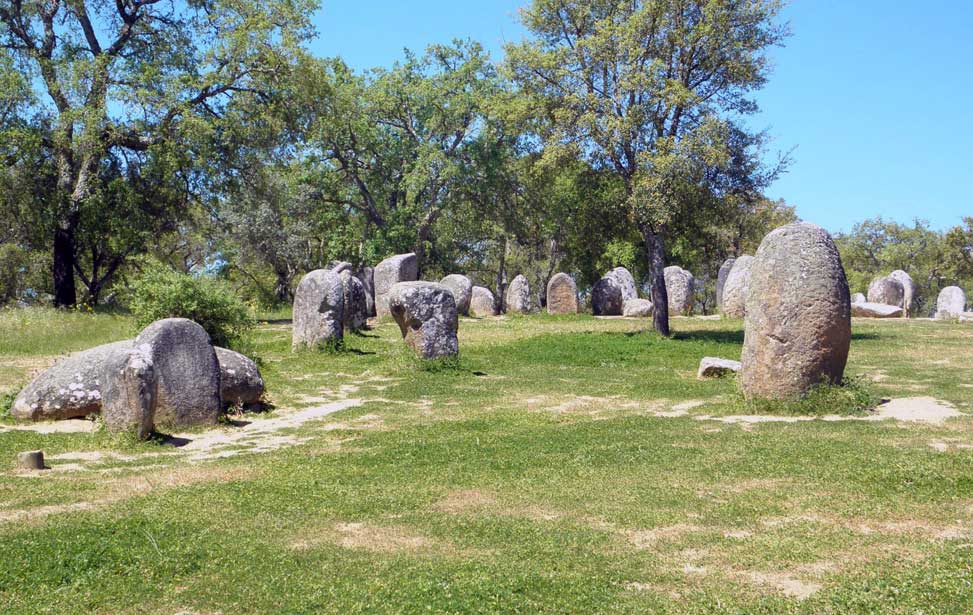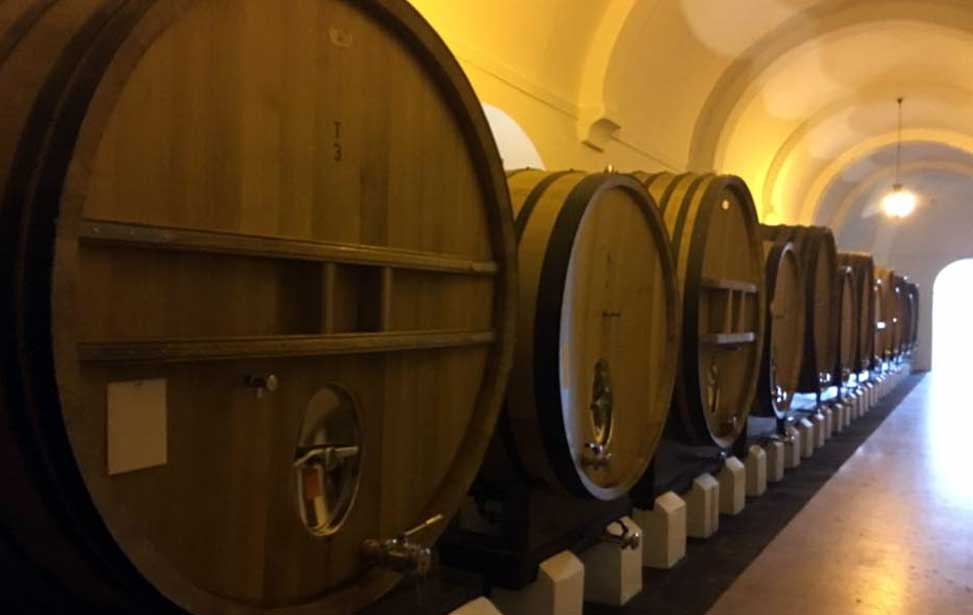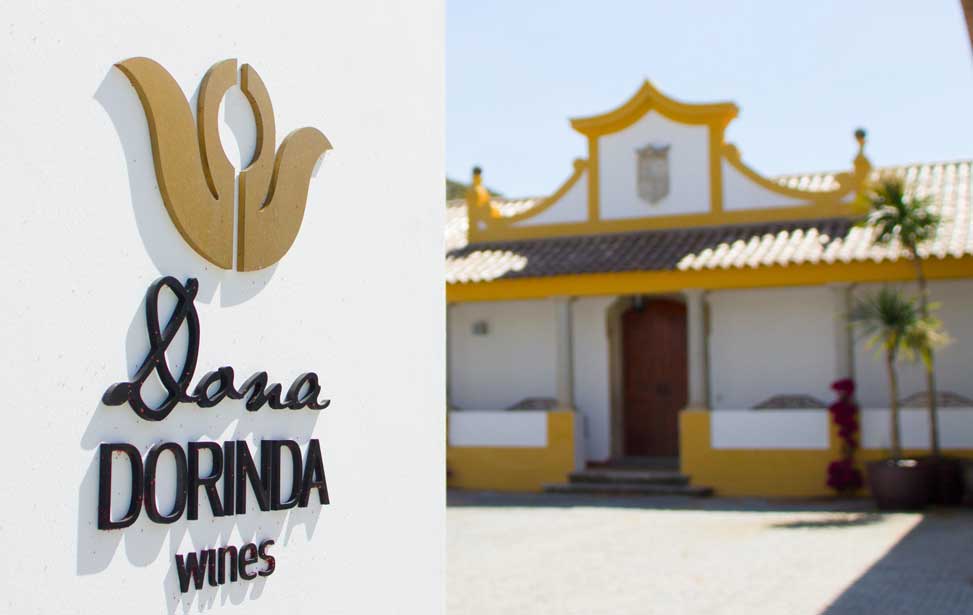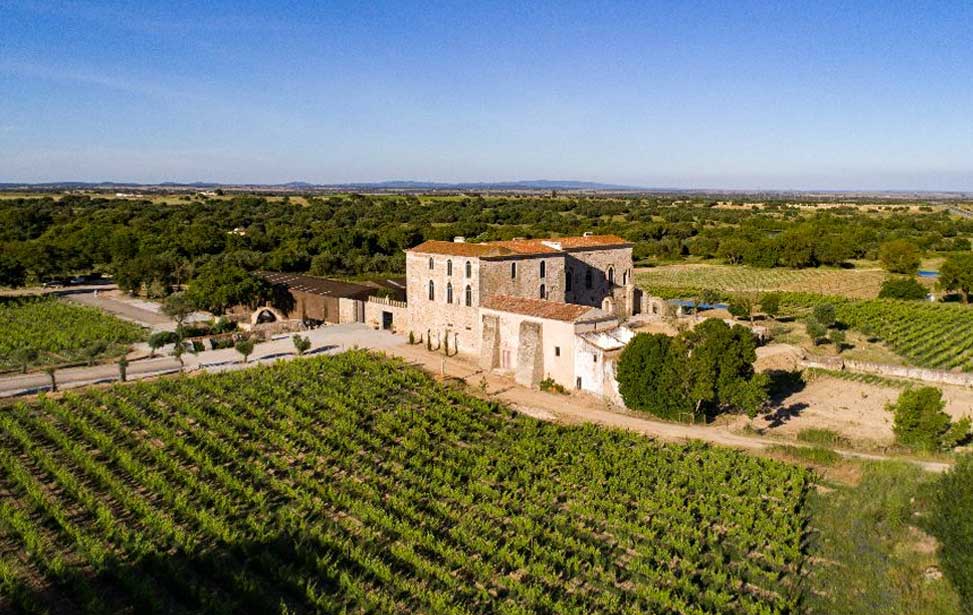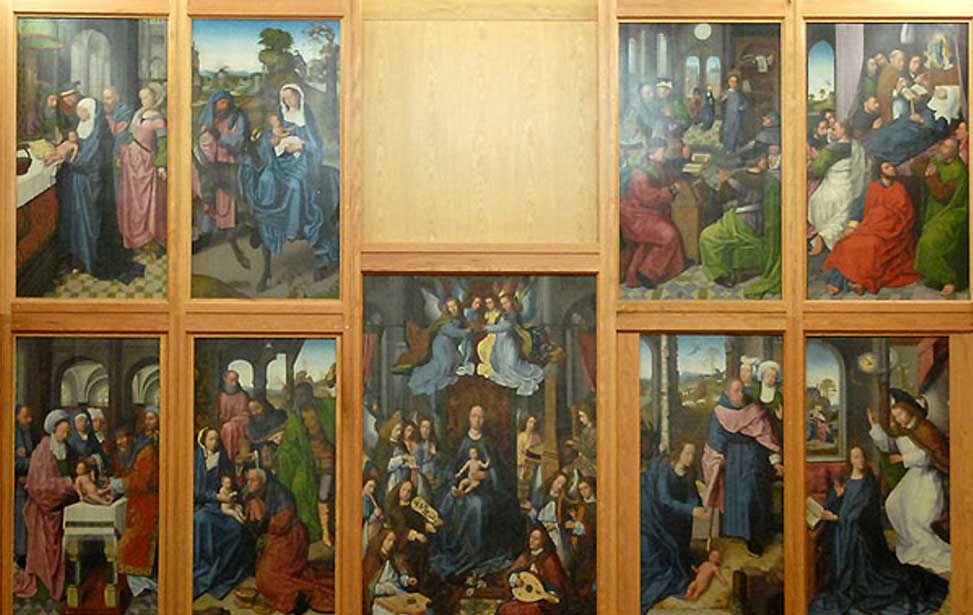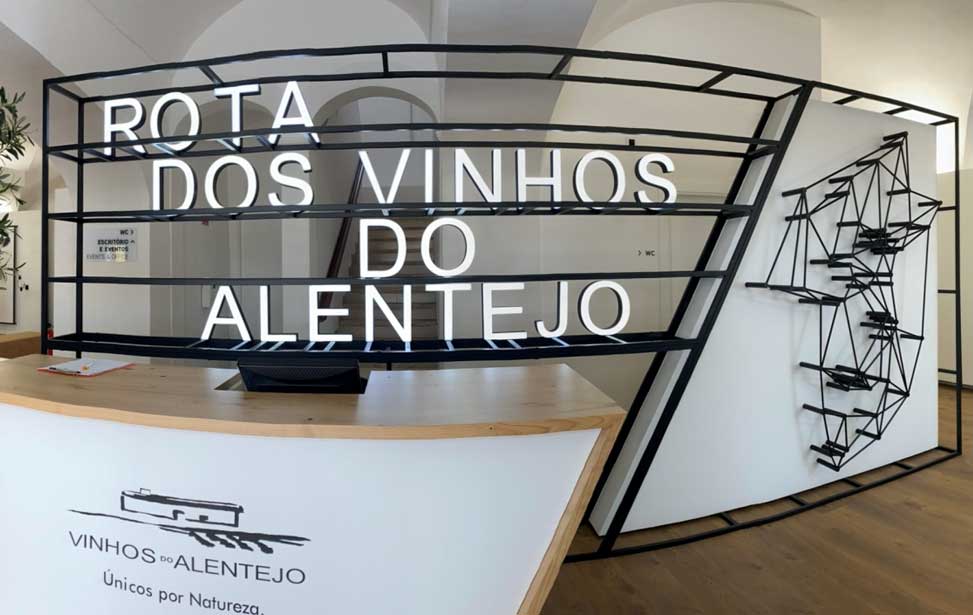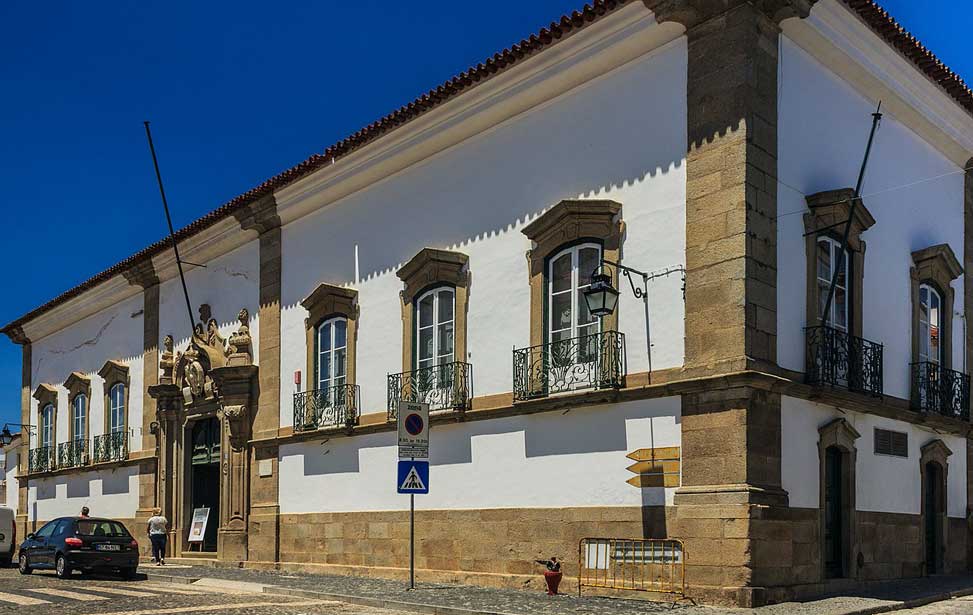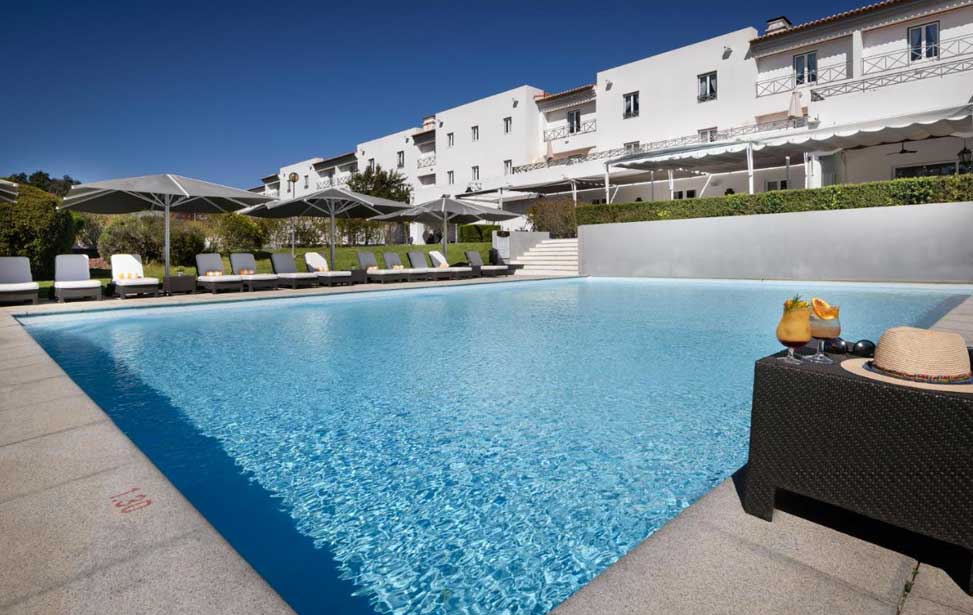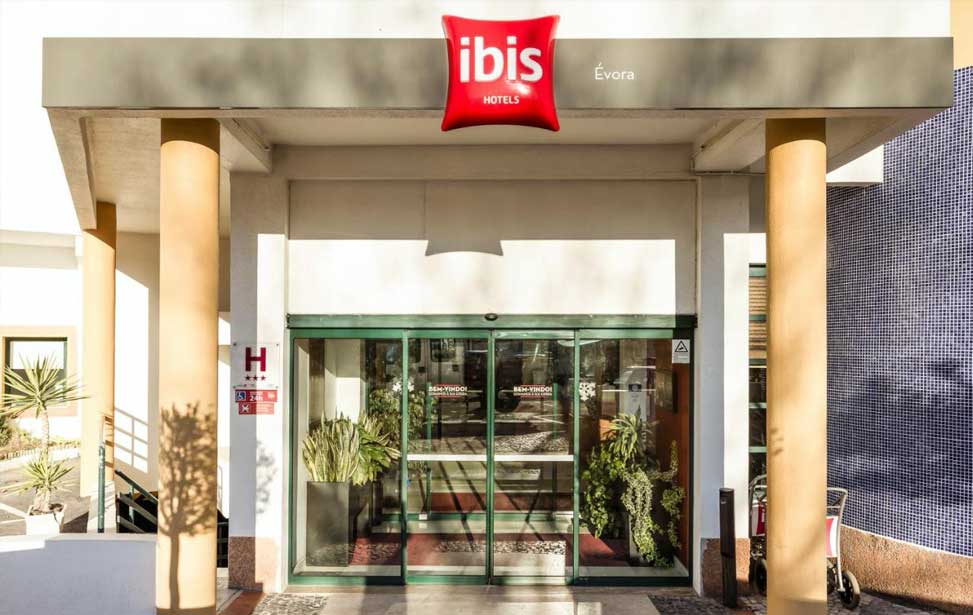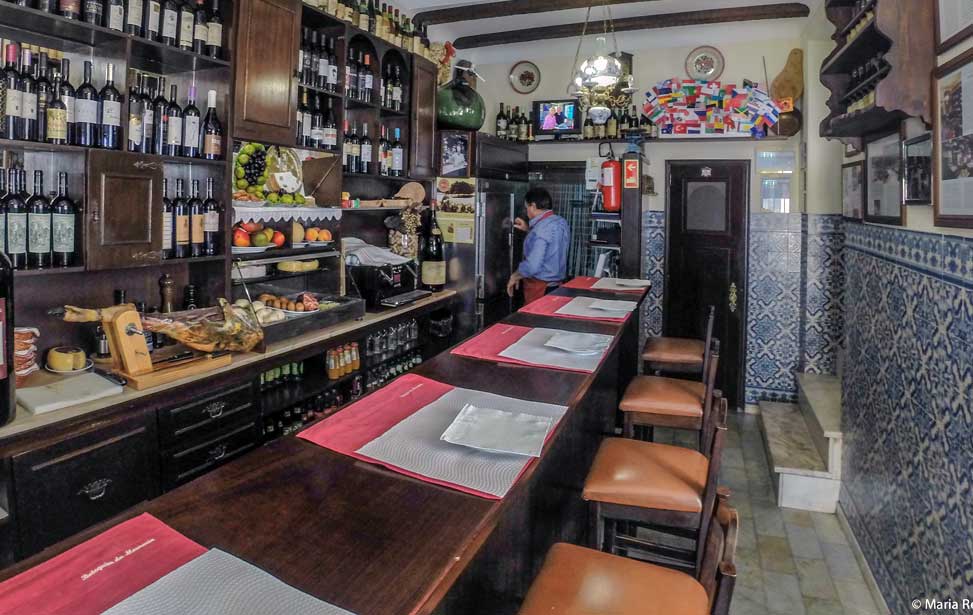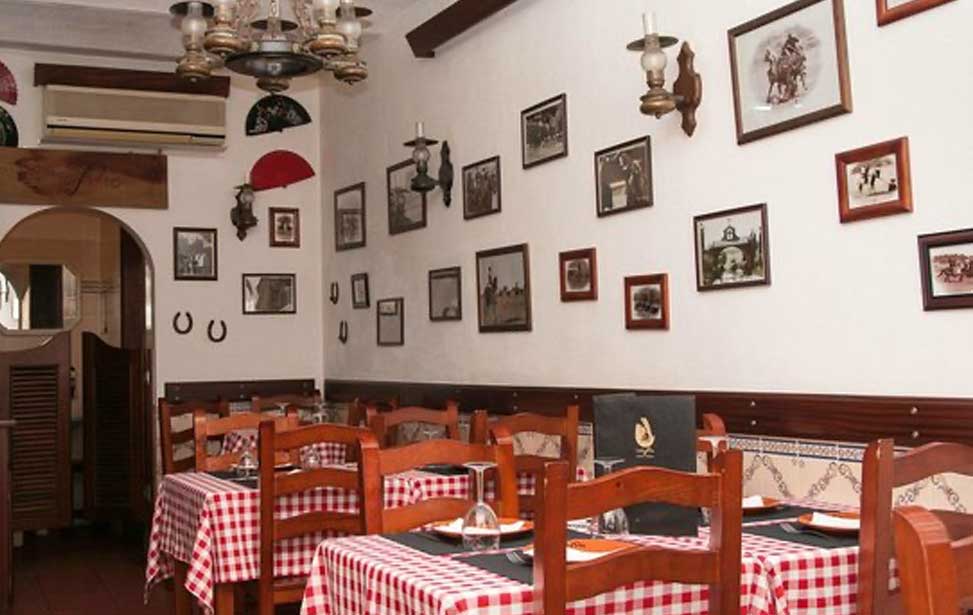Way back at the tail end of the 19th century Évora was enjoying unimaginable fame, regarded as one of the most attractive and admired sub-regions in the Alentejo, birthplace of the region's most coveted wines. However, firstly phylloxera and then the wheat-growing campaign of the Estado Novo almost put an end to vineyards in the sub-region, forcing Évora into oblivion.
There it languished until the end of the 1980s when Évora underwent a renaissance, as the province capital and integral part of central Alentejo. The hot, dry countryside is dominated by non-calcareous grey Mediterranean soil, which produces some of the Alentejo's most prestigious wines.
Cartuxa
Just out of the centre of Évora set in beautiful surroundings this much loved winemaker offer tours and a range of tasting options. Located in a former monastery, the tour is an insightful look into Cartuxa's long history as being one of Alentejo's most prestigious wine lable.
Visiting Hours: 10h30, 11h30, 15h00, & 16h30
Quinta de Valbom, Estrada da Soeira, 7005-003 Évora, Portugal.
38° 32' 39.7" N | 07° 52' 07.9" W | +351 266 748 383
enoturismo.cartuxa@fea.pt | Website
Dona Dorinda
Following traditions that date back thousands of years Dona Dorinda pride themselves in producing organic wines using Biodynamic principals. Using thoughtful husbandry of the land and consideration to the wildlife that inhabit the estate. Dona Dorinda Organic Wines are sold at restaurants and hotels in the Lisbon and Evora area and by visiting our vineyard near the ancient city of Evora. Their tour demonstrates their organic wine making techniques and a loverly day out on their beautiful farm. Visits are by appointment only.
Daily: 10h00 – 18h00
Quinta Nossa Senhora da Conceição, Estrada de Arraiolos 7000-744 Évora - Portugal.
38° 35' 00.9" N | 07° 55' 34.3" W | +351 967 603 099
reservas@donadorinda.com | Website
Fitapreta Vinhos
Fitapreta produces wines that reflect the character of Alentejo. Located within a 14th century mansion house amongst the vines, cork oaks and olive trees. Their objective is to make the most of what the land can offer. A dual focus on tradition and pushing new techniques. The guides are welcoming and friendly, tours feel personal and groups are kept small.
Daily: 09h30 - 18h30
Paço do Morgado de Oliveira, Estrada M527 km10, 7000-016 Évora, Portugal.
38° 38' 43.4" N | 07° 57' 13.3" W | +351 918 982 615
enoturismo@fitapreta.com | Website





